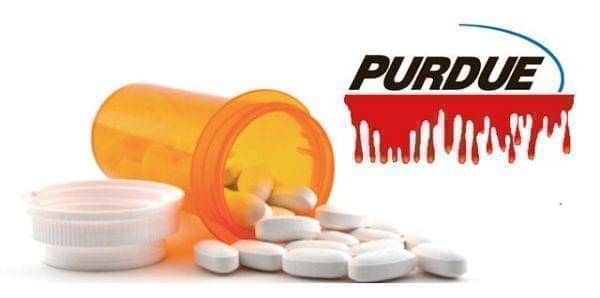Purdue Pharma, Bankruptcy, and Mass Lawsuits

Mike Licht / flickr.com
Beleaguered opioid manufacturer, Purdue Pharma, has filed for chapter 11 bankruptcy. In its filing, the company noted that unlike most other chapter 11 filers it did not owe lenders or suppliers. Rather, Purdue said it filed chapter 11 because of the 2,600 lawsuits seeking to hold the company accountable for its role in the opioid crisis.
Although we think of bankruptcy court as where companies go when they can’t pay the bills, the Purdue case illustrates how some companies use the bankruptcy system to deal with mass lawsuits. Such bankruptcy filings can be frustrating because they feel like an attempt to escape responsibility. On the other hand, when a company faces so many lawsuits that the amounts are well beyond the ability of the company to pay, bankruptcy can provide an orderly way to process the lawsuits and provide the most money to victims.

Bob Lawless from the University of Illnois College of Law
Purdue Pharma joins a list of companies to file bankruptcy to deal with overwhelming legal liability. Johns Manville pioneered the legal maneuver in the early 1980s when it became the first of several companies to file bankruptcy because of asbestos lawsuits. A.H. Robins and Dow Corning filed chapter 11 to address products liability for their Dalkon Shield IUD and breast implants, respectively. Pacific Gas & Electric is currently in bankruptcy addressing its liability for California wildfires caused by downed power lines.
The usual structure of these bankruptcies is to create a trust. Sales of the company’s assets or future revenues fund the trust, which then pays the victims who make a claim. As compared to a lawsuit, the required documentation is much less, and payment happens more quickly, even if it is not as much as might have been outside of bankruptcy. The bankruptcy court issues an order requiring all claimants to make claims only against the trust and not to file any lawsuits.
Purdue’s bankruptcy filing suggests it wants to follow this pattern. The company’s assets would be placed into the trust as would a $3 billion contribution from its owners, the Sackler family. In the company’s words, the trust would operate “for the benefit of claimants and the U.S. public.”
Although Purdue’s case is like its predecessors in many ways, it does present two legal issues that will determine whether the case will go forward as the company has planned. First, many of the claimants are not private individuals but states and counties that allege Purdue Pharma’s conduct harmed their locales. Most, but far from all, of the states agreed to settle these cases if the company carried out a bankruptcy along the lines of what it has promised. The states who have not agreed, which include Illinois, believe they can continue their lawsuits. Bankruptcy law stops state attempts to collect money damages but not state enforcement of health, welfare, or safety laws. On which side of the line these state lawsuits fall is an open question. Purdue is trying to skirt the issue by asking for a broad bankruptcy court injunction against these lawsuits.
The other important issue is whether the bankruptcy court can release the Sackler family from further liability in exchange for their $3 billion contribution to the trust. The Sacklers are not part of the bankruptcy filing, and that is exactly the issue. Some bankruptcy courts have ruled they have no power to shield persons from liability who have not filed bankruptcy. But, Purdue filed bankruptcy in New York, where courts have been willing to release nondebtors if they make a substantial payment to creditors.
The court’s ruling on these issues will be important for Purdue and future cases. Although Purdue Pharma is the latest company to file chapter 11 to deal with its liability problems, it will not be the last.

